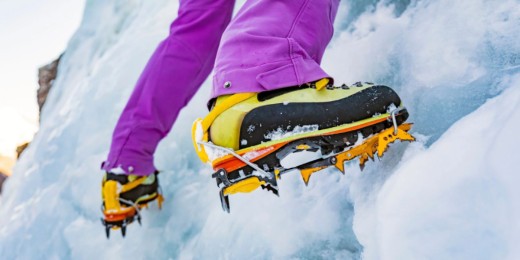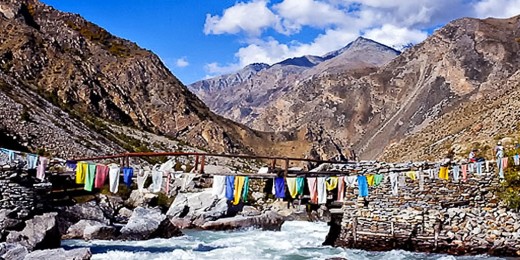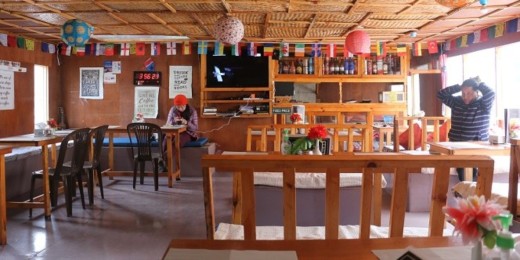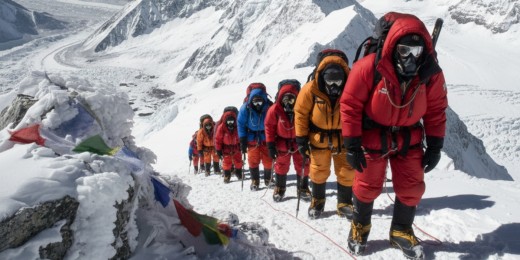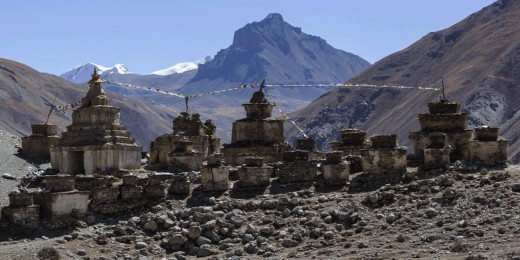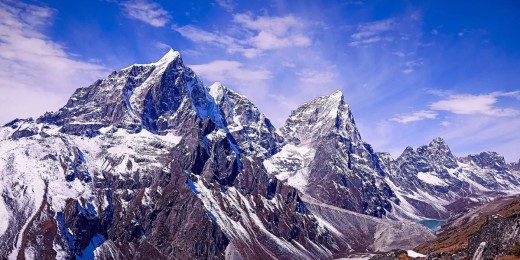Everest Base Camp Trek: Everything You Need to Know
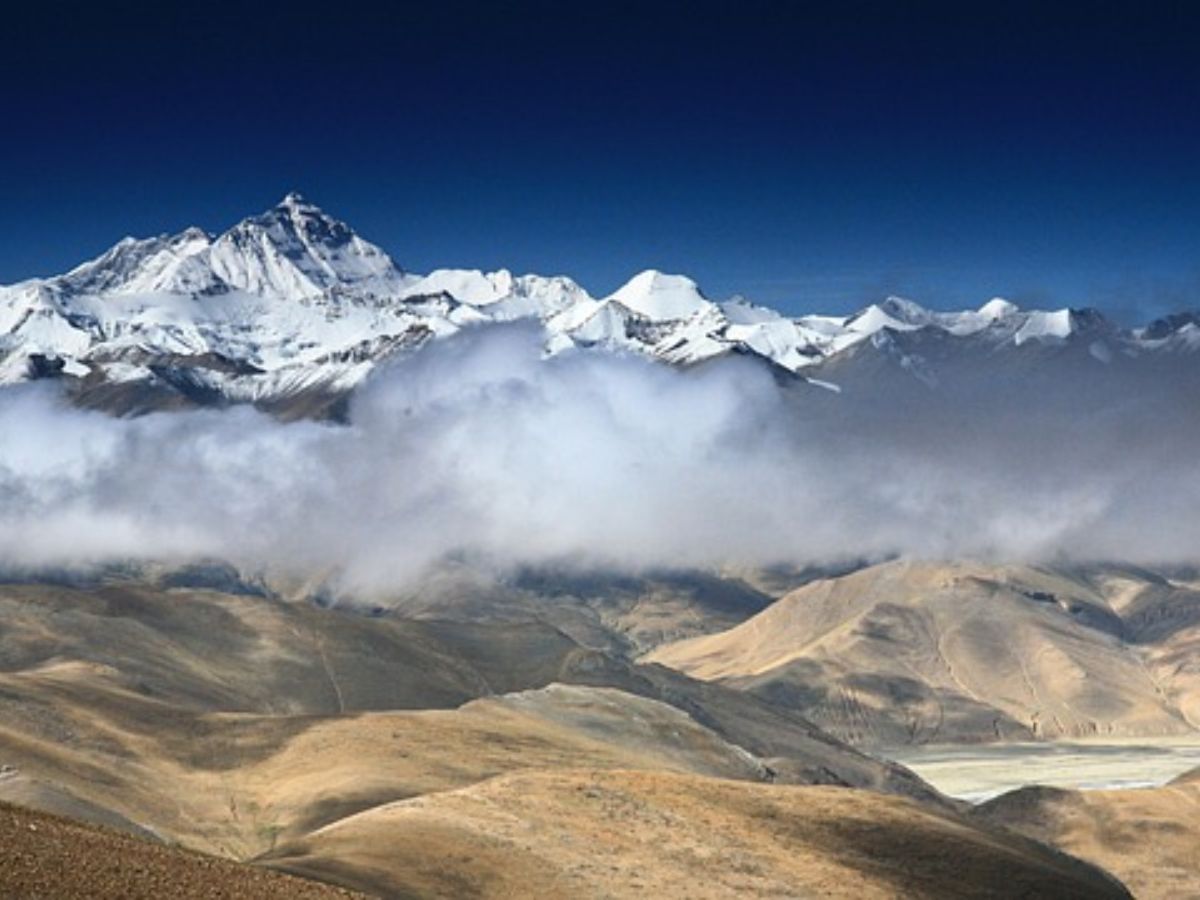
For many adventure seekers and mountain enthusiasts, standing at the foot of Mount Everest is a lifelong dream. The Everest Base Camp (EBC) trek brings that dream to life, offering a unique mix of breathtaking Himalayan scenery, Sherpa culture, and the personal achievement of reaching one of the world’s most iconic destinations.
But is this legendary trek suitable for everyone? How difficult is it really, and what should you know before setting off? As an experienced Himalayan trekker, I’ll guide you through everything; from who can attempt the trek to preparation tips, a suggested itinerary, and what you can expect along the way.
Understanding the Everest Base Camp Trek
The Everest Base Camp trek is one of the most famous trekking routes in the world. Typically lasting 12–14 days, it covers about 130–140 km round trip from Lukla and reaches an altitude of 5,364 meters at base camp.
Unlike Annapurna Base Camp, EBC involves higher elevations, which require careful acclimatization. Along the way, you’ll encounter dramatic mountain vistas, suspension bridges over roaring rivers, alpine forests, and Sherpa villages rich in tradition.
The trek rewards you with unforgettable views of Ama Dablam, Lhotse, Nuptse, and of course, Mount Everest; making every step toward base camp extraordinary.
Who Can Attempt the Everest Base Camp Trek?
This trek is suitable for:
- Physically fit trekkers who can walk 6–8 hours a day at high altitude.
- Moderate to experienced hikers (beginners can attempt it too, but preparation is key).
- Adventure seekers ready for altitude, as the maximum elevation exceeds 5,300 m.
- Motivated travelers with strong determination and a positive mindset.
Suggested Itinerary (14 Days)
Day 1 – Arrival in Kathmandu
Prepare permits and gear. Explore the city.
Day 2 – Fly to Lukla, Trek to Phakding
Thrilling mountain flight, then a 3–4 hour trek through forests and villages.
Day 3 – Phakding to Namche Bazaar
A tough climb through Sagarmatha National Park. Overnight in the vibrant Sherpa town.
Day 4 – Acclimatization in Namche
Short hikes to viewpoints, rest, and explore local culture.
Day 5 – Namche to Tengboche
Through rhododendron forests, ending with stunning views and Tengboche Monastery.
Day 6 – Tengboche to Dingboche
Higher valleys, alpine scenery, and gradual ascent.
Day 7 – Acclimatization in Dingboche
Optional side hikes, essential for altitude adjustment.
Day 8 – Dingboche to Lobuche
Pass memorials and rugged terrain on the way to Lobuche.
Day 9 – Lobuche to Gorak Shep, then Everest Base Camp
Reach EBC, soak in the views, and return to Gorak Shep.
Day 10 – Kala Patthar Sunrise, Trek to Pheriche
Best panoramic view of Everest at dawn. Descend to Pheriche.
Day 11–13 – Return Trek to Lukla
Follow the same trail back, enjoying new perspectives.
Day 14 – Fly Back to Kathmandu
End your Himalayan journey.
Key Preparation and Guidelines
Acclimatization is Crucial
Altitude sickness risk increases above 3,500 m. Ascend gradually, rest often, hydrate, and carry medication (e.g., Diamox if prescribed).
Fitness Preparation
Train at least 4–6 weeks ahead with cardio, stair climbing, and long hikes carrying a backpack. Strong legs and stamina are vital.
Packing Essentials
- Layered clothing for changing temperatures
- Trekking boots and poles
- Sleeping bag and warm gear
- Gloves, hats, sunglasses, and sunscreen
- Reusable water bottles and water purification tablets
Guides and Porters
Guides provide safety, navigation, and cultural insights. Porters reduce the load, making the trek less exhausting.
Food and Accommodation
Stay in tea houses offering simple meals and beds. Facilities get more basic at higher altitudes. Carry cash, as ATMs are rare.
Permits
- Sagarmatha National Park Permit
- TIMS Card (Trekkers’ Information Management System)
Best Time to Trek
- Spring (March–May): Clear skies, blooming rhododendrons, stable weather.
- Autumn (September–November): Crisp views, cool air, and reliable conditions.
- Avoid monsoon (June–August) due to rain, landslides, and poor visibility.
Emotional and Experiential Rewards
EBC is more than a trek; it’s a transformative journey. From lush forests to icy glaciers, every step connects you to the Himalayas. Staying in Sherpa villages offers an intimate glimpse into their hospitality, traditions, and spiritual life.
Reaching base camp itself is deeply emotional. Standing beneath the towering Everest feels humbling and awe-inspiring. And for many, the sunrise view from Kala Patthar; Everest glowing golden in the early light; is an image etched forever in memory.
Who Should Consider the Trek?
This trek is perfect for:
- Trekkers with moderate to good fitness
- Adventurers seeking high-altitude experience without technical climbing
- Travelers open to long days, changing weather, and simple accommodations
It is not ideal for those with severe health issues, poor physical condition, or fear of heights.
The Everest Base Camp trek is truly a once-in-a-lifetime adventure; a blend of natural beauty, cultural immersion, and personal triumph. Though challenging, it is achievable with preparation, fitness training, and the right mindset.
Whether you go for the thrill of adventure, the challenge of altitude, or simply to stand in awe before the world’s highest mountain, EBC rewards you with memories that last a lifetime. It proves that with determination and respect for nature, extraordinary journeys are within reach.

